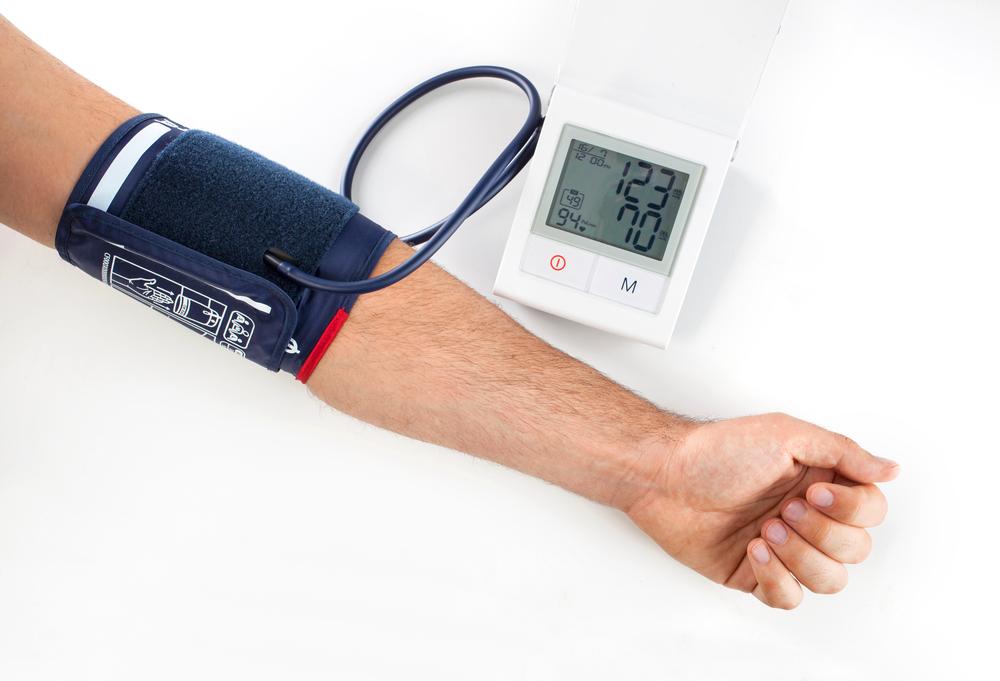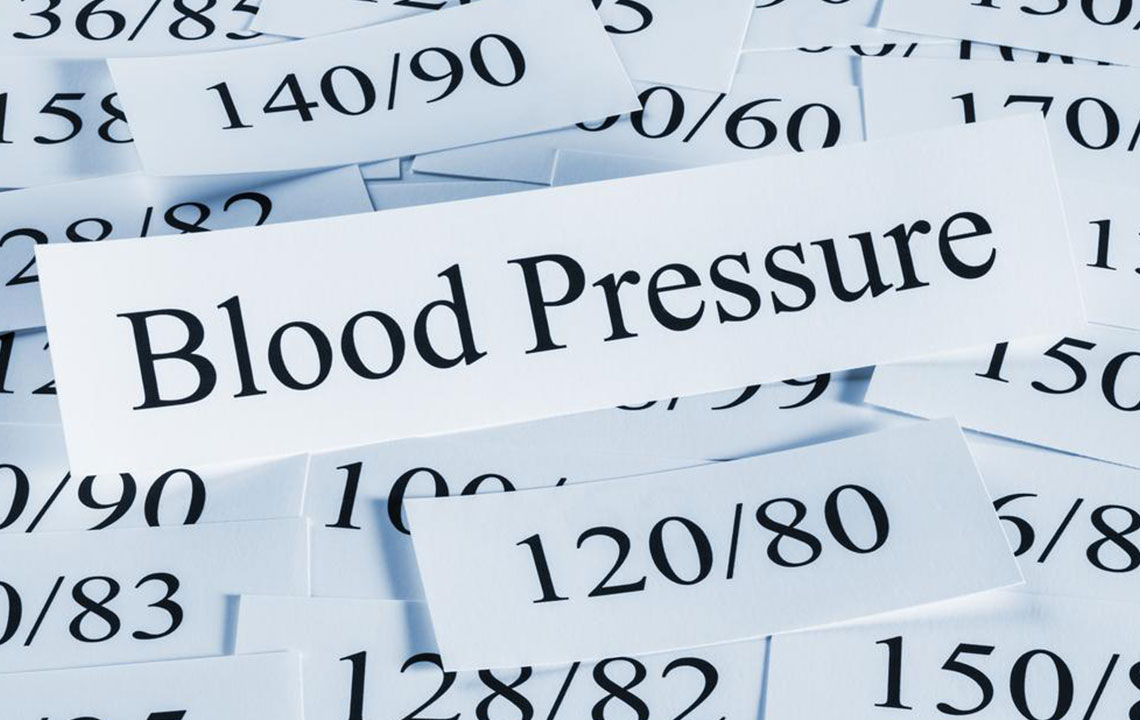Decoding Blood Pressure Readings and Their Significance
Learn to interpret blood pressure readings accurately with this comprehensive guide. Understand blood pressure categories, what your numbers mean, and how to maintain optimal levels to protect your health. Regular monitoring, lifestyle changes, and medical guidance can help manage blood pressure effectively and prevent serious health issues.

Decoding Blood Pressure Readings and Their Significance
Maintaining optimal blood pressure is essential for overall health. Abnormal levels can lead to severe heart problems or organ damage due to insufficient blood and oxygen flow. Understanding what constitutes a healthy blood pressure is crucial. By familiarizing yourself with blood pressure categories and interpreting your readings accurately, you can take proactive steps to stay healthy. Read on to explore the blood pressure chart and how to interpret your measurements effectively.
Blood pressure is categorized into five main groups, from low (hypotension) to severe hypertension (Stage 2).
For accurate results, avoid relying on a single reading; instead, take multiple measurements across different days and average them.
A systolic pressure of 90 mm Hg or lower combined with a diastolic of 60 mm Hg or below indicates hypotension, often caused by low blood sugar or dehydration.
Normal blood pressure typically features a systolic below 120 mm Hg and a diastolic under 80 mm Hg.
If systolic readings are between 120-129 mm Hg with diastolic below 80 mm Hg, this indicates elevated blood pressure. While not immediately concerning, lifestyle modifications are recommended to prevent future hypertension.
Stage 1 hypertension is identified with systolic values between 130-139 mm Hg and diastolic between 80-89 mm Hg. Medical consultation and possible medication are advised.
Values of 140 mm Hg systolic or higher, and 90 mm Hg diastolic or higher, signify Stage 2 hypertension requiring prompt medical attention.
Important considerations before referencing a blood pressure chart
The chart provides approximate ranges and should be used as a guideline, not an absolute diagnostic tool.
Accurate readings depend on monitoring both systolic (top number) and diastolic (bottom number) values.
Systolic pressure measures arterial pressure during heartbeats, while diastolic reflects pressure when the heart rests between beats.
High or low readings warrant medical evaluation, as both pose health risks.
Regular blood pressure monitoring is vital. Keeping levels within a healthy range through medication, diet, and lifestyle can prevent complications.










